5 Reasons Most Lawns Fail To Thrive
Failing hurts. It doesn’t matter what the context is, whether it’s failing to make a Jamie Oliver recipe in fifteen minutes, failing to squeeze toothpaste out of the tube in a neat and tidy manner, failing to find a pair of socks that don’t own a heel hole or, worst of all, failing to grow lush-looking lawn that makes your neighbours envious. 5 Reasons Most Lawns Fail To Thrive.
Instead, every time you look out of your conservatory window you’re met by a lawn that is clearly struggling. Parts of it are lumpy and bumpy, other patches are bald and brown, that area over there is covered in weeds and that bit at the end seems to become a pond after every downpour. If that reminds you of, well, you, then your best bet is to look beyond the surface, peel back that layer of grass and find out what is really happening to your lawn.
And to help you out, we’ve pulled together the most common issues (our 5 reasons most lawns fail to thrive) that can seriously impair your lawn’s ability to grow into a lush, green, healthy and hearty lawn that’s ready to thrive:
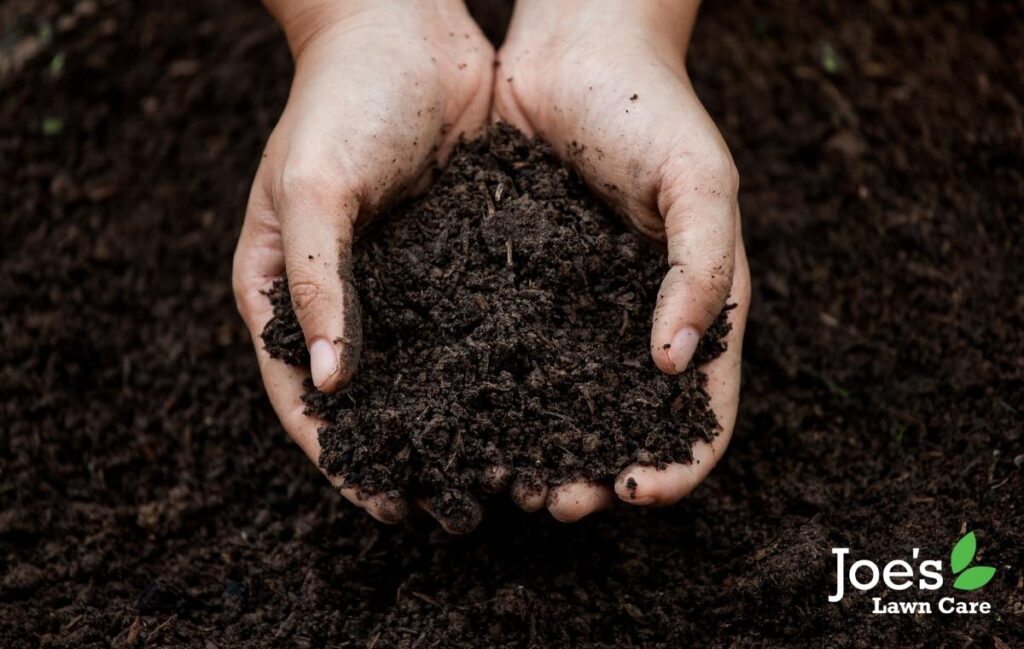
Reason No1: Substandard Soil
When it comes to growing a lawn you just want to share on Instagram every single day, it’s all about the soil. More than just a patch of ground, your soil is responsible for creating the growing conditions for your grass, which is exactly why you want to make sure your soil is doing the best job possible. To do this, start off by testing your soil to get a better understanding of everything from its pH level to nutrient content. The reason for this is simple: the more you know about your soil, the better you’ll be able to improve it, whether that’s adding lime to your soil, adding organic matter or simply realising you need to book in an aeration appointment.
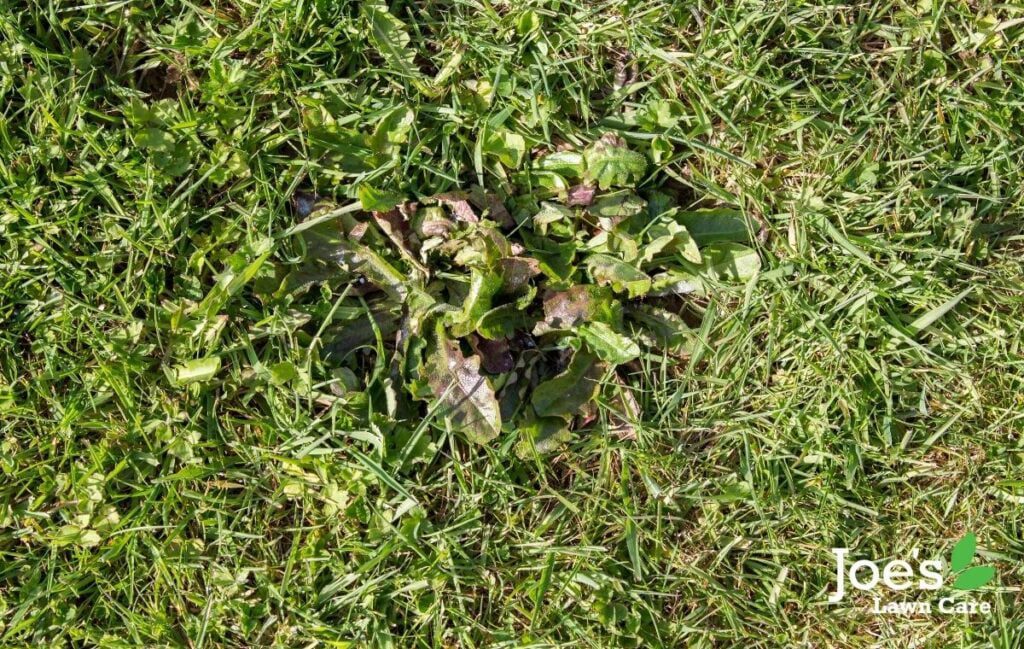
Reason No2: Compaction is Cruel
Ask any lawn care technician what the worst type of soil is for growing a lovely, healthy lawn and nine out of ten will tell you the same thing: compaction. How does a lawn get compacted? Loads of ways: heavy foot traffic, kids playing games, below par soil composition, vehicles driving over your grass or simply a lack of scheduled cultural treatments. Whatever the case, compacted soil is going to have a seriously negative effect on your lawn. From reducing the amount of air that and nutrients needed to create functioning soil to causing thin, stressed out grass that is vulnerable to weeds, disease and pests, compaction is the root cause to so many lawn care problems. Luckily, the solution is pretty easy: aeration.
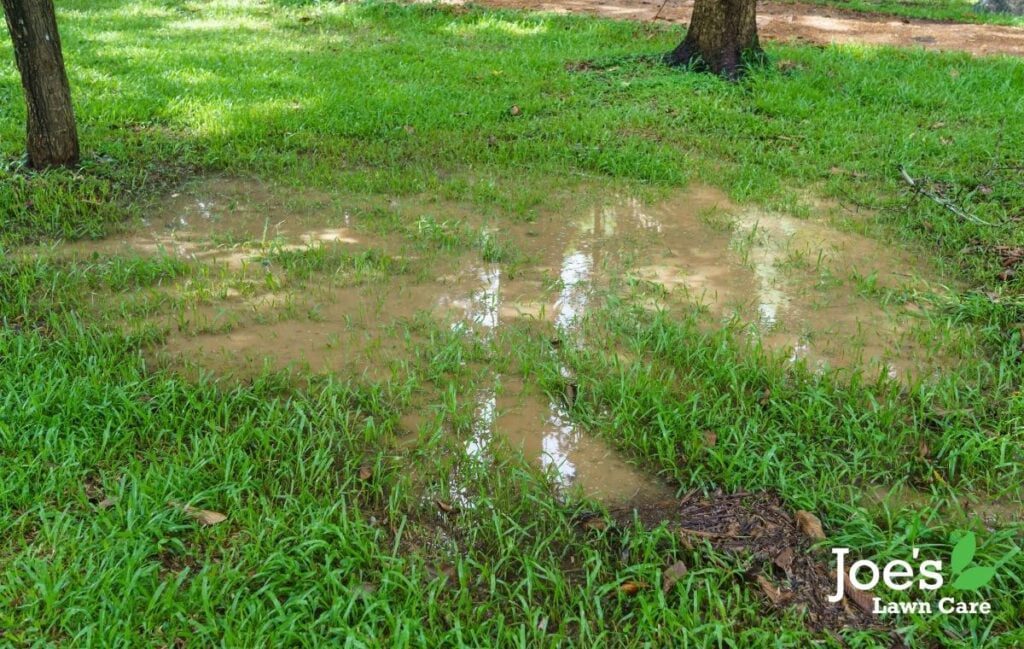
Reason No3: Dreadful Drainage
When you’re from the UK, you kind of get used to rainy days. So much so, that you can easily overlook poor drainage as the reason your lawn is having such a torrid time with puddles, moss and even ground ivy. The way it works is this: when your soil becomes waterlogged, that sitting water has nowhere to go, so it either sits on top of your lawn (drowning your grass and suffocating your roots) or it runs off before any of that much needed water can make its way down to your root system. Neither of these is ideal. Like, at all. In fact, both are going to create a weak root zone that will in turn create a weak lawn that’s susceptible to so many nasties. The answer, once again, is to improve the surface drainage through a mix of aeration and topdressing.
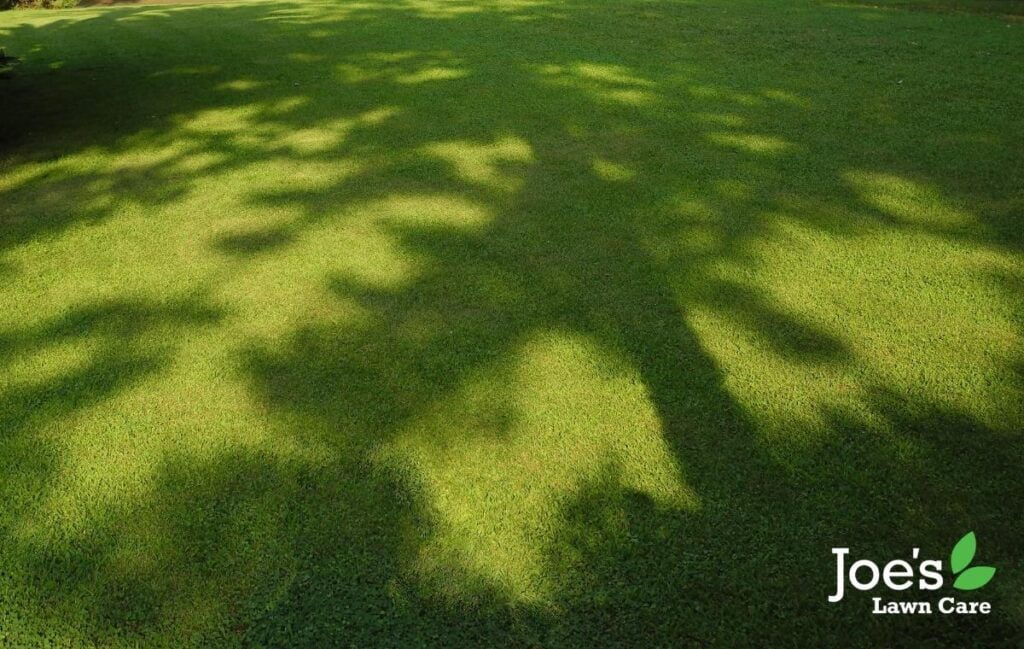
Reason No4: Shade Sucks
Trust us: there’s a lot of times when adding some additional shade to your lawn is a seriously good move (cough, heatwaves, cough). But a lot of the time, too much shade (aka a lack of sunlight) can be the reason your lawn is failing to thrive. The question is, what can you do about all that shade? Well, the first thing we’d recommend is pruning any trees, bushes and shrubs that are casting long shadows for long periods of the day, which won’t just open up your lawn to more sunlight but will also improve air circulation too. What’s more, most trees actually benefit from a bit of selective pruning. The other thing you can do is lay down shade-tolerant grasses, such as those lovely-jubbly fescues, and then not worry about your lawn so much moving forward.
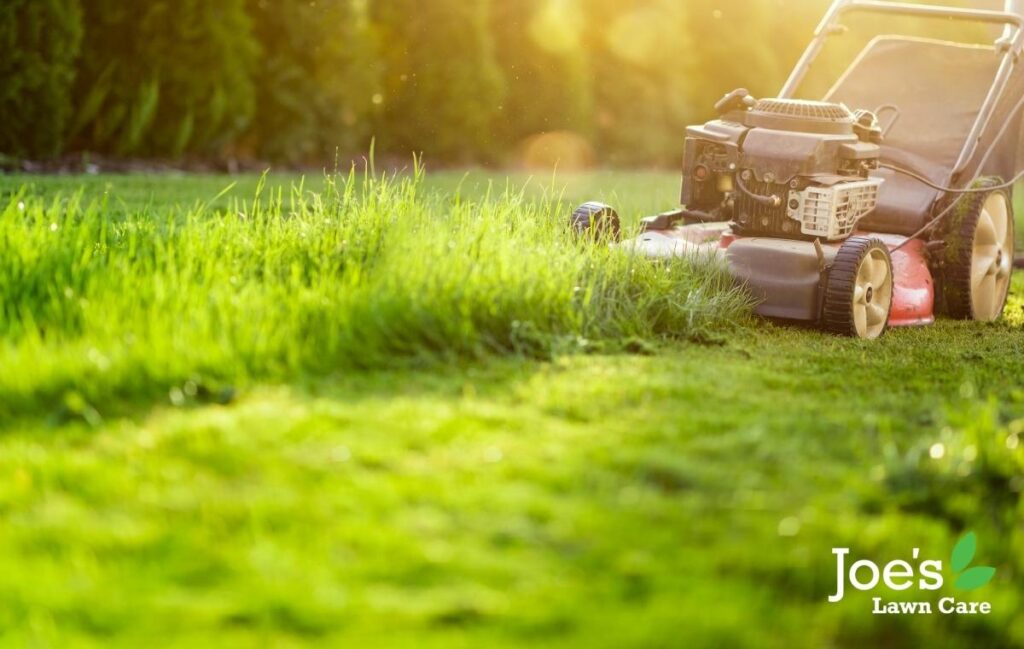
Reason No5: Messed Up Mowing Techniques
That’s right. There is a wrong way to mow your lawn and that wrong way tends to mean chopped too short. And yet we see it every year as we hop around the country, from lawn to lawn, only to find a once-lovely patch of grass left to die because of the wrong mowing strategy. So let’s clear this up for once and for all: cutting your grass too short (read: scalping), actually damages the crown of the plant, which is what boosts growth. So instead of growing, your grass is actually using up all its energy just trying to recover, which is stressing it out, and a stressed out lawn is way more vulnerable to weeds, disease and pests. As such, make sure you’re only ever chopping off a third at a time, never mowing below a height of 3.5 inches and using a sharp blade.
Thanks for reading our guide on 5 reasons most lawn fail to thrive. For more lawn care tips and tricks, follow us on Facebook and Instagram.





